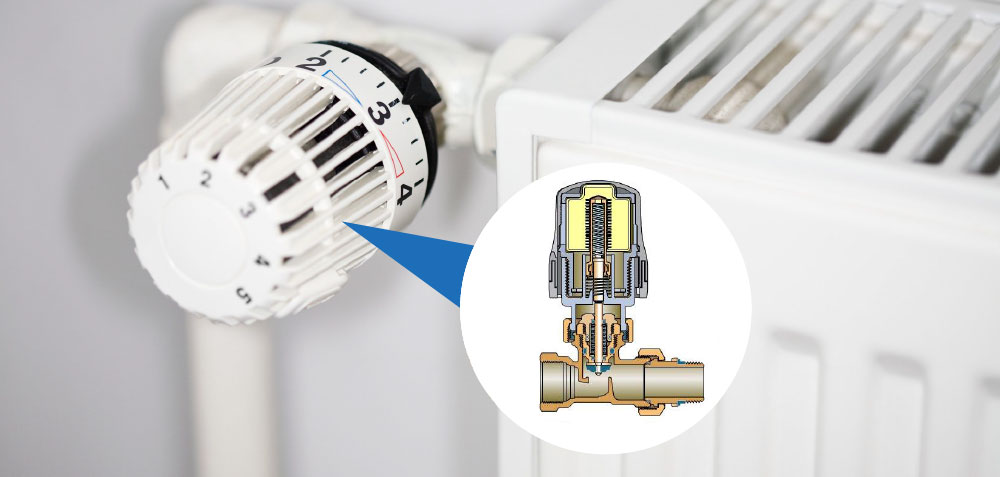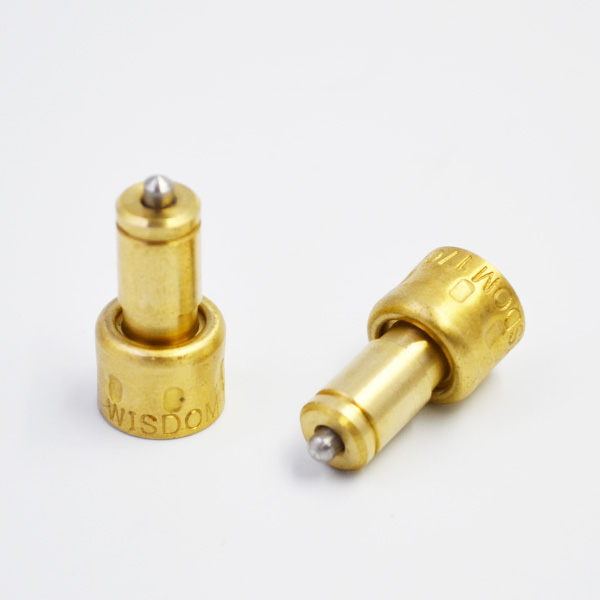This paper mainly studies the hardware design of the power controller of non-passenger pure electric vehicle. The purpose is to use the power controller to realize the coordinated control of the whole vehicle power control and related electronic control units. The main functions include power supply control of power battery, driver’s intention judgment, communication with other controllers, fault handling and response, etc.
Reliable power controller can solve the problems of complex wiring harness, poor reliability and high failure rate of non-passenger pure electric vehicle. With the rapid development of the global automobile industry, the contradiction between oil supply and demand has intensified, and global warming has become increasingly evident. Under this background, new energy automotive technology with energy saving and emission reduction as its important goal has made breakthroughs. There are various types of pure electric vehicles and hybrid electric vehicles, and the development market of non-passenger pure electric vehicles is vast. With the rapid development of “three-power” technology, motor controller, battery manager, DC-DC and other electrical equipment usually need to be coordinated and controlled by vehicle controller or vehicle control unit (VCU). The whole vehicle control system of pure electric vehicle is a complete electronic control system with VCU as its core component and battery, motor and charging system as its peripheral auxiliary system. Non-passenger pure electric vehicles are widely used, such as police patrol cars, tourist cars, elderly bicycles and so on. The structure and control system of non-passenger pure electric vehicle are relatively simple. Many vehicles do not have vehicle controller, so the wiring harness is complex, low reliability and high failure rate. The 32-bit ARM microcontroller produced by Yifa Semiconductor Company is used to control the power supply controller of the electric vehicle, which can realize the basic functions of the whole vehicle controller, reduce the harness of the vehicle, improve the reliability and reduce the failure rate of the whole vehicle and the cost of installation. The power controller designed in this paper is the command center of non-passenger pure electric vehicle. Its main functions are: to judge the driver’s intention by collecting, analyzing and processing analog signals of various sensors and digital signals of various switches, to send control signals to the actuator driving circuit, and to communicate with other vehicle control units to coordinate each part. It works in an orderly manner and stores fault information of each system. Now the following functions are specifically analyzed. The existing drive control scheme of non-passenger pure electric vehicle in the market is relatively simple. The speed of the drive motor is controlled by the sensor of the single acceleration pedal position, and the direction of the drive motor is controlled by the single-pole double-throw switch signal to the motor controller or by the DC contactor conversion electrode. For pure electric vehicles driven by single motor, motor controller is usually used instead of vehicle controller to realize control function [3]. The power controller designed in this paper collects the signals of the double acceleration pedal position sensor and the brake pedal position sensor. After processing, the control signal is sent to the motor controller to control the speed and steering of the driving motor, which makes the driving system safe and reliable. The power controller has two CAN network communication driving circuits. CAN network communication speed can be flexibly configured, mainly with motor controller, battery management unit and other control units, coordinated control by the power controller. When the power controller is connected to the power supply of the driving system through the contactor control circuit, the output terminal of DC-DC should output 14V DC current to provide auxiliary power for the whole vehicle. The output path of DC-DC can be connected by the power controller after monitoring the voltage value. When the battery management unit or insulation monitoring device detects the fault of the driving battery system or the insulation of the vehicle, it sends the fault signal to the power supply controller through a dedicated channel. The power supply controller responds to the safety protection according to the safety control strategy, including but not limited to disconnecting the contactor control circuit signal. The power controller designs other driving and control circuits. Through the control switches of other electrical equipment to be controlled, the switch signal is sent to the power controller, which is judged by the power controller and used to control the work of the corresponding electrical equipment, such as headlights, wipers, etc.
The hardware framework of the power controller is shown in Figure 1. Its hardware circuit composition is basically similar to that of the vehicle controller. It mainly includes microcontroller, storage circuit, switching input circuit, analog input circuit, power supply circuit, peripheral drive circuit and communication drive circuit. This paper chooses 32-bit ARM microcontroller control produced by Yifa Semiconductor Company. The model is STM32F429VIT6, the core is 32-bit Cortex-M4 CPU, the main frequency is up to 180 MHz, three 12-bit ADCs have 24 channels, two 12-bit DAC, thermostatic element I/O ports have abundant functions and support a variety of communication protocols, which is more suitable for the design of this paper. From Figure 1, it can be seen that the microcontroller processes analog signals mainly through its own ADC, processes digital signals mainly through the ordinary signal input function of I/O port, controls alarm, water pump, fan, contactor and other electrical equipment mainly through the ordinary signal output function of I/O port, and connects with CAN network drive circuit through special pins. 。 Considering that there is not much content to be stored, the internal storage space of microcontroller is enough to store software code, and only a small amount of data is needed to store, so the memory chip AT24C512 is selected in this design. AT24C512 is a 64KB serial electric erasable programmable memory produced by ATMEL Company. It is packaged with 8 pins.

It has the characteristics of compact structure, large storage capacity and convenient circuit overlap. It is widely used in measurement and control system. The switching signal on the automobile is mainly 12V potential. The input circuit of the switching quantity needs to send the 12V voltage down to the microcontroller. Therefore, the circuit adopts resistance voltage divider. Coolant temperature sensor uses 12V power supply, DC-DC output voltage is about 14V, so the signal will be higher than the maximum input voltage of ADC module of microcontroller, analog input circuit also uses resistance voltage to reduce the acquisition voltage. For the sensor of accelerating pedal position and the sensor of braking pedal position, the power controller directly provides 5V voltage for the sensor, and the analog input circuit pulls down and goes straight to the microcontroller. In practice, the power supply of the vehicle controller is too low or too high, which makes the vehicle controller operate under the condition of under-voltage and over-voltage. The power supply circuit adopts BD9781 voltage regulator chip. The switching voltage regulator has a wide input voltage range (7-35V or 7-48V) and a temperature range (-40 ~125 ~C or-40 ~95 ~C). Its output voltage can be changed by peripheral circuit design, and it has good adaptability. The power supply circuit is designed in accordance with the data manual, and the parameters of peripheral devices can be determined by the calculation formula in the technical manual. With this chip, 12V voltage-stabilized power supply is realized effectively, but some circuits need 5V power supply and 3.3V power supply. Therefore, LM2940S chip is used to provide 5V power supply at the back end of power circuit, AMS1117-3.3 chip is used to provide 3.3V power supply, and capacitive filter is designed at the front and back end of each chip. The power controller can also drive other external devices, such as motors, DC contactors and lights.
In the peripheral driving circuit, the BTS611L1 dual-channel high-end power switch is mainly used. It can be used as the power switch of two-way equipment and can be directly controlled by the output function of the microcontroller I/O port. The power controller uses TLE5205-5 chip to drive two motors.

Specific circuit connection can refer to the data manual of related chips. CAN network is the mainstream protocol of communication between modern automobile control units. The author designs two CAN network communication driver circuits. TJA1050 chip, which is very reliable, is chosen as the network driver.
There is no need to design a network controller.
The function is realized by the microcontroller itself. Two CAN network driving circuits can be allocated to one with terminal resistance and one without terminal resistance. Electromagnetic interference produced by electric vehicles in operation is very strong, which will have a greater impact on the controller, resulting in the program “running away” and vehicle out of control. The three elements of electromagnetic interference are: interference source, interference transmission path and interference receiver. The vehicle controller runs in a harsh environment, so PCB design has become a very important part of the vehicle controller development [5]. The most basic interference suppression techniques are shielding, filtering and grounding. Therefore, in the design of power supply controller, we should start from these three aspects, such as reasonable arrangement of the position of each component, reasonable design of the length, position and diameter of the wiring between components, analog and digital distribution, copper laying on the whole board and on the ground, SMD mounting with radiator opening ventilation holes, main chip power supply designing electricity separately. Source filter circuit, enclosed metal shell, etc. The electromagnetic compatibility of circuit can not be neglected. Detailed design method can refer to relevant books and materials of circuit design. Good EMC can improve the reliability of power supply controller. Accelerated pedal position sensor and brake pedal position sensor adopt two-way acquisition mode, namely two sensors. This redundancy design idea runs through many aspects of vehicle electronic control system design, and is the main method to improve the reliability of the system. Comprehensive testing is a necessary means to ensure the quality of power supply controller. The test of controller includes unit circuit test and system integration test. Unit testing mainly tests the functions of different functional modules on the controller, checks the integrity of the signal, the overall voltage withstanding ability of each unit circuit and the external driving ability. System integration test is a whole machine test based on each unit circuit to verify the correctness of the whole machine function and signal integrity.

Detailed test methods can refer to the national standard and corresponding technical data according to the actual circuit design. This paper designs a power controller for non-passenger pure electric vehicles.
Compared with the whole vehicle controller for passenger vehicles, the power controller has good adaptability and low cost. It can improve the control reliability of non-passenger pure electric vehicles and greatly reduce the failure rate and maintenance difficulty. The disadvantage is that the fault handling function is not perfect. In the later research, the design of fault processing circuit should be strengthened to find out the fault point of the vehicle by simple way after the failure of the vehicle electrical control system, so as to facilitate maintenance and repair.
